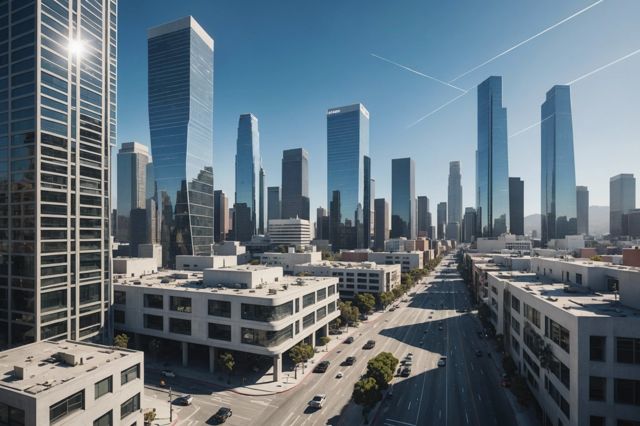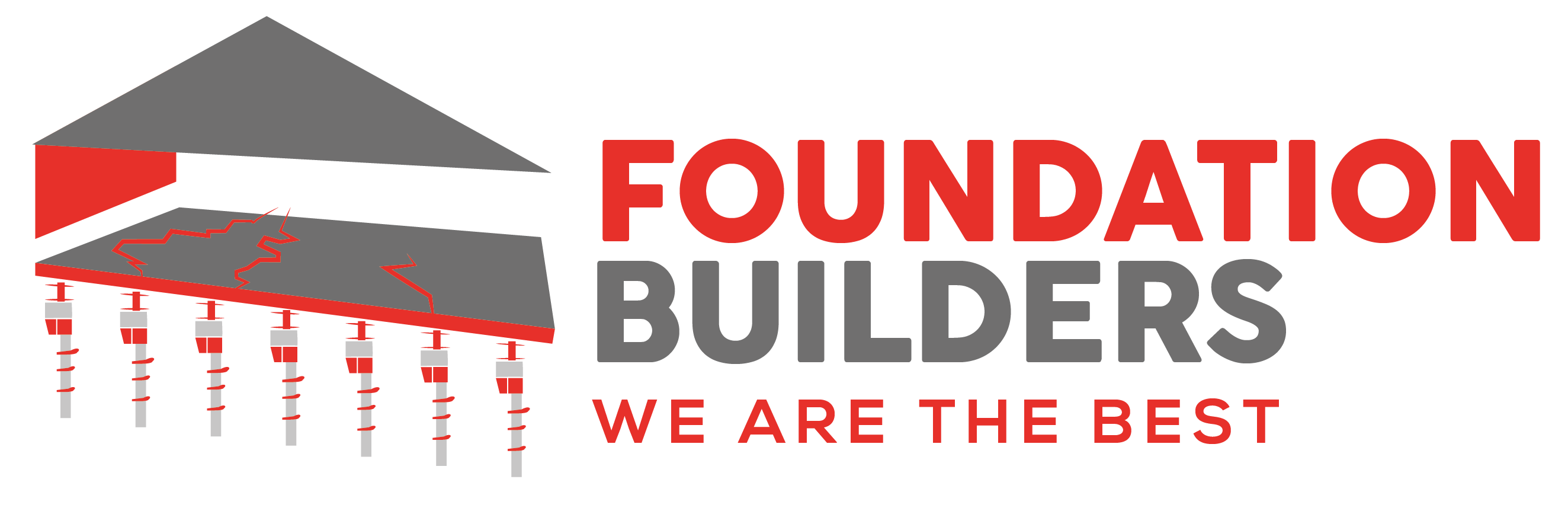Los Angeles is proactively retrofitting buildings, with over 8,000 already enhanced at a cost of $1.3 billion, to withstand earthquakes. These efforts are part of comprehensive initiatives including updates to high-rise buildings by 2024 and adopting advanced technologies like base isolation.
Understanding Earthquake Risks in Los Angeles
- Los Angeles is proactive in addressing seismic risks, focusing on buildings that could fail during earthquakes. Approximately 6,000 buildings have been identified for potential retrofitting to enhance their ability to withstand seismic events.
- Retrofitting involves structural enhancements such as adding steel supports and new concrete walls. This process is crucial for buildings, especially older ones and those with soft-story designs like low-rise apartments with vulnerable ground floors. Learn more about Soft Story Retrofit Requirements in Los Angeles.
- The city’s efforts are part of a broader initiative, with over 8,000 buildings already retrofitted at a cost of $1.3 billion. This massive undertaking aims to reduce future financial losses and enhance safety for residents.
- Specific types of buildings, such as non-ductile concrete buildings built before 1978, are at high risk. These include county-owned structures like the Kenneth Hahn Hall of Administration. These buildings are targeted for urgent retrofitting to prevent catastrophic outcomes in case of major earthquakes.
- Los Angeles County is also planning to extend retrofitting requirements to high-rise buildings by the summer of 2024, ensuring even more structures are fortified against earthquakes.
- Despite the progress, challenges remain. Not all vulnerable buildings have been addressed, and the city continues to work towards making all buildings earthquake-ready. This ongoing effort is critical for public safety and the preservation of affordable housing.

Principles of Earthquake-Resistant Foundation Design
- Seismic building codes in the United States are key to reducing losses from earthquakes. These codes help ensure that buildings can withstand seismic forces and are crucial for safety.
- Inconsistencies in the adoption and enforcement of these codes across different states affect their effectiveness. It’s vital for all states to enforce these codes consistently to protect lives and property.
- Older buildings pose a significant seismic risk as many were built before current building codes were in place. Seismic retrofitting is a process that strengthens these older structures, making them more resistant to earthquakes.
- FEMA’s QuakeSmart program assists businesses in identifying and mitigating their seismic risks. This includes retrofitting buildings and other earthquake preparedness activities.
- Seismic design principles include multi-hazard design and performance-based requirements. These designs not only protect against earthquakes but also against other hazards like blasts or winds.
- About half of the states in the U.S. face seismic hazards, leading to significant economic losses each year, both direct and indirect.
- Effective seismic design also involves selecting appropriate structural systems and materials that respond well to earthquake forces. Lightweight constructions often perform better in seismic events.
- Seismic forces on buildings depend on several factors including building height, soil conditions, and the building’s overall design. Proper analysis of these factors is essential for safe design.
- Advanced seismic design strategies and devices such as shear walls, braced frames, and base isolators are used to enhance the earthquake resistance of buildings.
- Controlling nonstructural damage is also critical as damages to items not part of the building’s structure can be costly.
Case Studies: Successful Earthquake-Resistant Foundations in Los Angeles
- Earthquake-resistant technologies in Los Angeles include base isolation, which reduces the impact of earthquakes. Although common in Japan, this technology is less used in the U.S., where the risk of significant earthquakes is often underestimated.
- Retrofitting homes for earthquake safety is crucial in California. Over a million homes, especially those built before 1980, need updates like securing the house to its foundation and reinforcing walls. These improvements can be more cost-effective than post-earthquake repairs.
- Retrofitting can be done professionally or by skilled homeowners. Key steps include bolting the house down, adding plywood to walls, and installing steel frames in garages with living spaces above. Homeowners should also consider safety upgrades like flexible water and gas lines, and securing heavy items with earthquake putty.
- The science behind earthquake-resistant buildings focuses on managing horizontal inertial forces through materials like concrete and steel. While concrete is strong under compression, it is prone to cracking under tension. Steel helps absorb these forces but doesn’t prevent all damage.
- Building codes aim for “life safety,” meaning buildings are designed so occupants can escape during a quake. However, buildings might still be unusable afterward. Advanced methods like base isolation help buildings remain habitable by allowing them to move with the earthquake’s shake.
- Despite advances in technology, challenges remain due to unpredictable earthquake magnitudes, outdated building codes, and potential human errors in design and construction.

Future Trends in Earthquake-Resilient Construction
Emerging technologies are transforming the way we build earthquake-resistant structures in Los Angeles. Innovations focus on both materials used and the methods of construction:
- Smart Materials: New materials that can adapt to stresses, such as shape memory alloys, are being developed. These materials can return to their original shape after an earthquake, reducing structural damage.
- Seismic Cloaking: Researchers are experimenting with techniques to redirect seismic waves around buildings. This could significantly reduce the impact of earthquakes on structures.
- Predictive Modeling: Advanced software tools now allow engineers to simulate how buildings will react to earthquakes. This helps in designing foundations that are better equipped to withstand seismic activity.
- Construction Techniques: Modern methods like base isolation and energy dissipation systems are being integrated more frequently. These systems help buildings absorb and dissipate earthquake forces more effectively.
Foundation Builders offers services that incorporate the latest in earthquake resilience technology. Explore our Earthquake Retrofitting and Foundation Replacement services for more details on how we can help strengthen your property against earthquakes.

FAQ
What is the primary focus of Los Angeles when addressing seismic risks?
Los Angeles primarily focuses on identifying and retrofitting buildings that could fail during earthquakes, with approximately 6,000 buildings currently targeted for enhancement to better withstand seismic events.
What does retrofitting involve in the context of earthquake readiness?
Retrofitting for earthquake readiness involves structural enhancements like adding steel supports and new concrete walls, particularly crucial for older buildings and soft-story designs, which feature vulnerable open ground floors.
How many buildings has Los Angeles retrofitted, and at what cost?
Over 8,000 buildings have been retrofitted in Los Angeles at a cost of approximately $1.3 billion, as part of the city’s extensive efforts to reduce future financial losses and increase resident safety.
Which types of buildings are considered high risk and are targeted for urgent retrofitting?
High-risk buildings include non-ductile concrete buildings constructed before 1978, such as certain county-owned structures, which are prioritized for urgent retrofitting to prevent catastrophic outcomes during major earthquakes.
What future plans does Los Angeles County have regarding retrofitting requirements?
Los Angeles County plans to extend retrofitting requirements to include high-rise buildings by the summer of 2024 to ensure even more structures are fortified against earthquakes.
How do seismic building codes contribute to earthquake safety?
Seismic building codes are crucial in ensuring that buildings can withstand seismic forces, significantly reducing losses from earthquakes and enhancing safety.
What challenges remain in making all buildings in Los Angeles earthquake-ready?
Challenges include addressing all vulnerable buildings that have not yet been retrofitted and continuing efforts towards comprehensive earthquake readiness to ensure public safety and the preservation of affordable housing.
What are some advanced seismic design strategies used in earthquake-resistant construction?
Advanced seismic design strategies include the use of shear walls, braced frames, and base isolators which enhance the earthquake resistance of buildings by helping to manage seismic forces more effectively.
What are some emerging technologies in earthquake-resilient construction?
Emerging technologies include the development of smart materials like shape memory alloys, seismic cloaking techniques to redirect seismic waves, and advanced predictive modeling software that simulates building reactions to earthquakes.
How does earthquake retrofitting improve the safety and cost-effectiveness of homes in California?
Retrofitting improves safety by securing the house to its foundation, reinforcing walls, and installing safety upgrades. These measures are often more cost-effective than making extensive repairs after an earthquake, reducing both potential damage and overall expenses.

